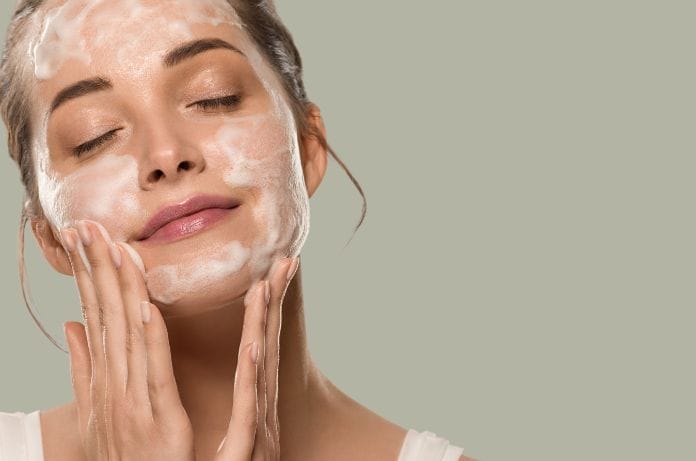Aren’t you curious about the magic potion that clears away the grime and leaves your skin feeling fresh and clean as a whistle? That’s right; we’re talking about skin cleansers. Understanding the components of these products is essential, especially if you’re in the business of making them. So, join us as we explore the most common ingredients in skin cleansers and their functions.
Good Ol’ H2O: The Unsung Hero
H2O may not be the first thing that comes to mind when thinking about cleanser ingredients, but it’s often the most abundant. Acting as a solvent, water dissolves many of the active ingredients and helps deliver them to the skin effectively.
Lather Up: Surfactants and Their Foamy Magic
No, this isn’t a new bubble-gum pop band—surfactants are the cleansing agents responsible for breaking down dirt, oil, and makeup on your skin. They reduce the surface tension of water, allowing it to mix with oils and dirt for easy rinsing. Some popular surfactants you may find in skin cleansers include sodium lauryl sulfate, coco-glucoside, and decyl-glucoside. But keep in mind that not all surfactants are created equal; some can be harsh on the skin. It’s essential to strike a balance between effective cleansing and skin health maintenance.
A Soothing Touch: The Role of Emollients
Skin cleansers don’t just remove dirt; they also provide a soothing and hydrating effect. Enter emollients—these superheroes of hydration swoop in to restore the skin’s natural moisture barrier. Common emollients include mineral oil, petrolatum, and cetyl alcohol. By softening and conditioning the skin, emollients help maintain its elasticity and prevent dryness.
Raise Your Glass: The Intriguing Use of Alcohol
Alcohol in skincare is much like coffee—some can’t live without it, while others avoid it like the plague. Though they’ve had their share of bad publicity, various types of alcohol have their unique place in skin cleansers. Ethyl alcohol is one type of alcohol the cosmetic industry uses. It acts as a solvent and preservative and helps products dry faster on the skin. While it can be drying in high concentrations, low levels in a well-formulated product can provide a refreshing and lightweight cleansing experience.
There you have it—a fascinating look at the most common ingredients in skin cleansers. Each ingredient plays a crucial role in crafting the perfect skin cleanser, whether it’s the cleansing prowess of surfactants or the hydrating abilities of emollients.
Knowing the ins and outs of your product’s components is the key to creating cleansers that are effective yet gentle on the skin. So, here’s to making informed choices and enjoying the beautiful alchemy of skincare!






